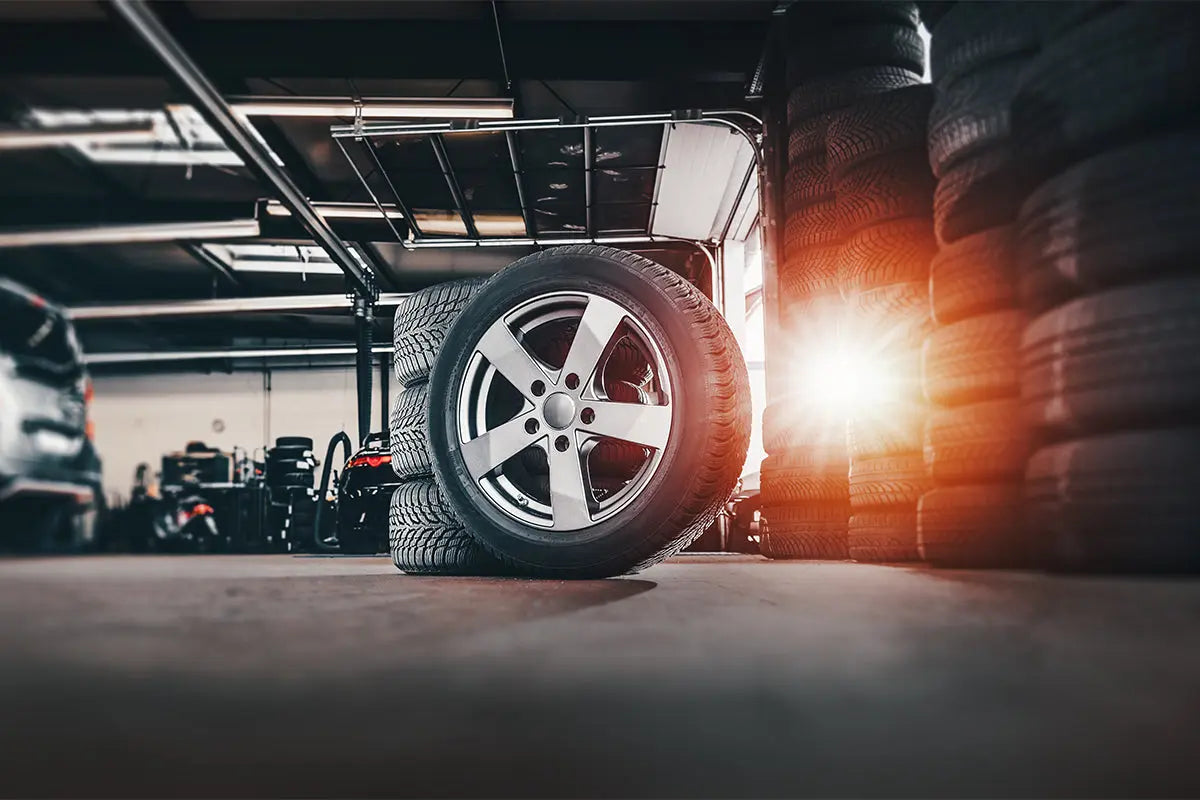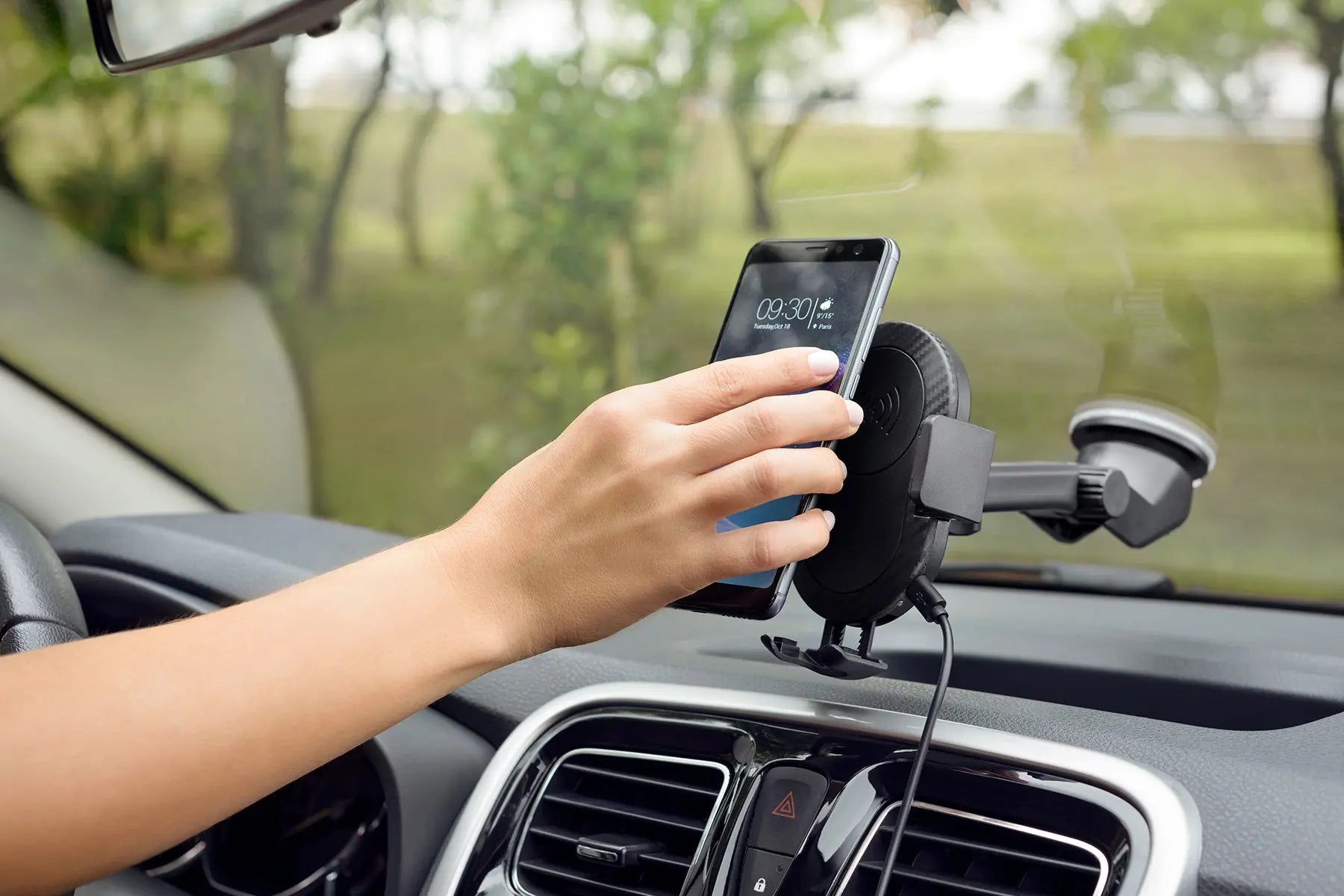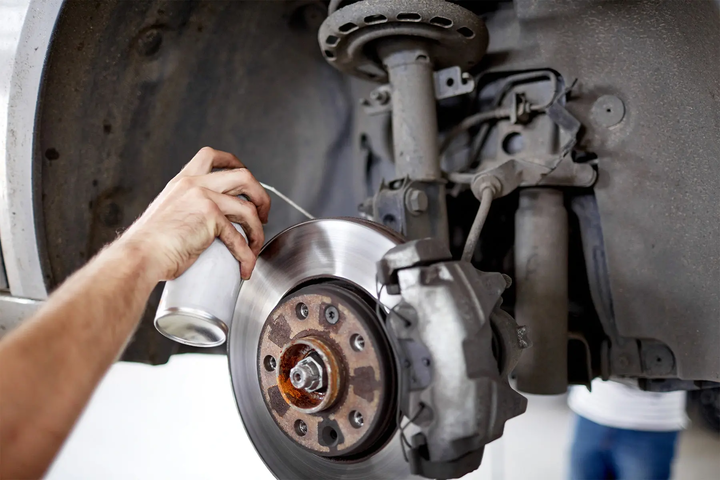
A lot of love and attention is given to the exterior of a car when it’s time for a good cleaning. It makes sense as the outside is the part that a large majority of people will see. In order for a car detailing to be complete, you’ll need to spend some time working on the interior too. Read this article in shine armor blog.
Cleaning the interior of your car is a little bit similar to cleaning your house, and it will require a lot of the same tools. A vacuum cleaner (especially with hose attachments) will make the process much easier and save you a lot of time. However, the biggest risk that comes with cleaning your car’s interior is the upholstery.
Not all car seats are made from the same materials, and not all cleaners are made from the same chemicals. You’ll need to take extra special care when selecting the cleaning product to use on your seats. Otherwise, you might end up damaging them and even harming yourself as well. Read on to learn more in this article of shine armor blog!
Related car detailing products:
- Shine Armor Vacuum Cleaner
- Shine Armor Graphene Ceramic Spray
- Spray Wax Quick Coat for Cars
- Performance Booster Oil Additive
- Armor Suds Graphene Shampoo
What Are the Most Common Types of Car Seat?
Car seats provide a valuable blend of comfort and functionality. Without seats, you won’t be able to operate your car. In fact, you could make the argument that your driver’s seat is the single most used item in your entire car.
Despite this, most people take their seats for granted and barely give them a passing thought. Most people probably can’t even tell you if they have bench seats, bucket seats, or captain’s chair seats.
The type of car seats that you have won’t impact the performance of your car, but the material will definitely make a big difference in terms of comfort and cleanliness.
These are the four most common types of car seat available and their specific pros and cons:
Nylon
Nylon is easily the most common material used for making car seats. Unless you are driving a premium or luxury vehicle, there is a very high chance that your seats are nylon.
PROS:
- Satisfactory comfort and appearance for the price.
- Durable enough to last a long time, and any repairs will be much cheaper than other materials.
- Won’t get superheated in the hot summer months and burn your skin.
- Offers more protection against stains than fabrics or polyester.
CONS:
- Stains more easily than other more expensive options.
- Absorbs odors that can linger and be difficult to remove.
- Not as comfortable as other materials.
- A basic and somewhat boring stock option.
Polyester
Polyester is sometimes referred to as microsuede. It’s a little rarer than nylon but still easily the second most common option on this list.
PROS:
- Looks like suede, despite being much cheaper.
- Very soft and comfortable for the price.
- Won’t get hot in the summer and stick to you.
CONS:
- Difficult to clean because dirt and dust can get trapped easily.
- Needs to be cleaned more often than other options, especially if you often have multiple passengers.
- Prone to staining and absorbing odors that can be tough to get out.
- Contact with water can quickly cause a lot of damage.
Vinyl
Vinyl is sometimes called faux leather. It fits perfectly in the middle of this list as it’s less than a premium option but more than a cheap one.
PROS:
- Very easy to wipe down and clean as dirt and dust aren’t trapped as easily as it is in nylon or polyester.
- Smooth appearance, just like leather, but it is much cheaper and contains no animal products.
- The best comfort to cost ratio of any other material.
CONS:
- Doesn't last as long as leather and only takes about ten years before it starts to crack.
- Not a particularly breathable option, so it can get hot pretty easily and burn your skin.
Leather
Leather is a premium trim option for car seats and is much rarer than the other options on this list so far.
PROS:
- Luxurious and extremely comfortable.
- Strong enough to handle daily use for many years.
- Leather smell is hard to replicate.
- More porous than vinyl, so it will be cooler in the heat.
- Looks incredibly smooth and sleek.
CONS:
- Much more expensive than other options while still providing a similar function.
- Damages are very difficult and expensive to replace.
- Has only gotten more expensive, especially if the leather is hand-stitched.
- Gets very hot in the warm summer months.
- Easy to damage unless using the correct cleaning products.
How Do You Clean Different Seat Materials?
Cleaning your car seats isn’t a particularly difficult process, but it’s important that you are using the right tools.
For starters, using a vacuum cleaner will save you a ton of time and help you to get into the nooks and crannies of your seats. There is a ton of dirt and grime that builds up in your seats that you can’t see even with perfect vision.
You will also need to use a soft-bristled brush to reach all the nook and crannies of your seats. Using an aggressive brush can rip your seats, so you want to be careful. It’s important that you use a brush that’s strong enough to break up any buildups of dirt but without causing any damage to your upholstery in the process.
The most important element to cleaning your seats is to make sure that you’re using the proper cleaning product. The different seat materials listed above all require specialized cleaning materials, or else you risk damaging them.
Instead of trying to run around and find cleaners for your particular car seats, there is a shortcut available. Our Shine Armor Interior Cleaner spray has been specifically formulated to clean the inside of all cars with all types of interiors. Whether your interior has vinyl, leather, carpet, or plastic, the Interior Cleaner will work to remove any dirt, dust, or grime without causing any damage.
Whatever cleaner you decide to use, the process will look something like this:
Nylon
- Remove any big pieces of debris or trash with your hands.
- Use your vacuum to suck up any loose dirt or dust.
- Make sure to press firmly into the seams as dirt can get ingrained pretty deeply.
- Spray your upholstery cleaner directly onto the seat and go over it with a soft-bristled brush.
- Rinse off your seat with some warm water and a damp rag.
- Use a microfiber cloth to quickly dry the seat. Be sure to remove any water or leftover moisture as it could cause mildew.
Polyester
- Remove any large debris and use your vacuum cleaner to collect loose dirt and dust.
- Spray some upholstery cleaner on the seat and go over it with a damp cloth.
- Rubbing the seats with your cloth will usually be enough to clean them, but you may need to use a soft-bristled brush.
- Be careful not to get the seats too wet or damp as they can stain pretty easily.
- Use a microfiber to quickly dry the seat and prevent stains or mildew.
Vinyl
- A quick run with a damp cloth or a few passes with the vacuum is usually enough to clean these seats.
- You may need to use a cleaner and a soft-bristled brush if it’s been a long time since your last detailing.
- Vinyl is typically waterproof, but be sure to use a microfiber towel to dry them off and remove any moisture anyway.
Leather
- Use a vacuum to suck up any loose dirt, but be gentle so that you don’t accidentally scratch the leather.
- Check and see if your leather is perforated. Water or liquid cleaning products can get into these holes and damage the material underneath.
- Apply a cleaner using a microfiber towel and wipe it down firmly but not aggressively.
- Be sure you are using cleaning products specifically designed for leather. The wrong chemicals can cause a faded appearance, leave it feeling too rugged, or cause it to crack.
- Repeat this process often as leather can quickly get ruined if neglected.
Shop by category:
Cleaner Seats Provide a Smoother Ride
There is nothing quite like driving a car that’s in pristine condition. While you might not be able to restore your car to new, giving it a deep cleaning will get it as close as possible. The process of cleaning your interior can be a little bit time-consuming, and you’ll need to pay attention to the fine details.
The most important thing to remember is that you need to use a cleaner that’s safe for your specific seat types. Otherwise, you’ll end up doing more harm than good and might end up having to replace your seats.
Using the Shine Armor Interior Cleaner is safe for any of the materials that might be found inside your car. Save yourself the headache of trying to find specialized cleaning products and use one that provides a deep clean with zero damage.





